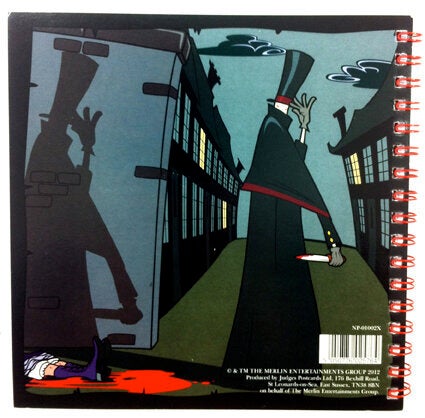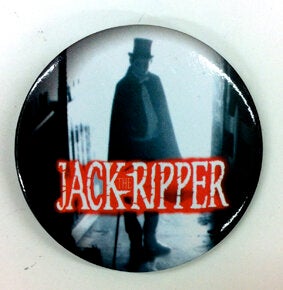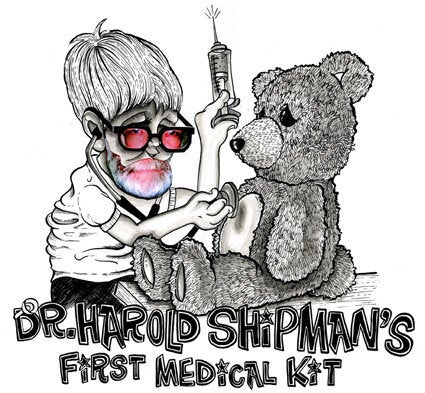Murder in its simplest, cold-blooded form is the most heinous thing a human can do to another (It's a sorry state of affairs when I feel obliged to start a post with that). To end someone else's life is alien to most of us and when murderers are in the news they are condemned, vilified and feared.
However, killers of the serial nature spark public interest that goes beyond Cameron Diaz's acne or Stacey Solomon smoking while she's up the duff. These psychotic maniacs fascinate us. I'm no Sigmund Freud but I'd argue that at some point everyone has had thoughts that may seem slightly sadistic and/or vengeful; whether they're emotionally charged, in jest or just a sporadic tick. When the brain's exposed to all the callousness the world has to offer us, it's no wonder that occasionally we may have thoughts that we can't help, no matter how brief. I think this is something that not even the most asexual, abstinent nun could deny.
However, what piques our interest in serial killers is that they have made the leap from ill thought to despicable action, abhorrent yet intriguingly interesting. One only has to flick on the news when there's been a murder case to see that the information being pumped to us is less important information and more Agatha Christie; we're captivated by a good murder mystery, as long as we are detached from the victims.
Post modernism turned serial killers into cult icons, such as Brett Easton Ellis' charismatic murderer in the subversive novel American Psycho, and the academic cannibal played by Anthony Hopkins in the Silence of the Lambs film, which gobbled up all five of its Oscar nominations. Serial killers have a tight stranglehold on popular imagination and undeniably inspire great works of fiction, but when actual murderers are celebrated and used to entice consumers is when it becomes rather macabre for me.
In England, there seems to be an obscure pride in our national treasure, Jack the Ripper. Whether or not he actually existed is one thing, but the persona is based on five murders that occurred around the same time, all pretty much identical. You can learn more about this at the London Dungeon in which Jack is the poster boy, and after you've enjoyed some family fun on the rides, you can visit the gift shop with plenty of Ripper merchandise for all:

Here's a Jack the Ripper pad, complete with a butchered prostitute in the bottom left corner. Maybe this will inspire the product's youthful audience to write a poison pen letter perhaps...

Badge of honour - to wear a badge is a form of supporting a cause (such as poppies), or maybe flaunting a trend. Or perhaps advocating your political stance, nevertheless, if you see someone wearing this badge... RUN!
Now is it me, or is a society that churns out stationary, badges and all sorts of merchandise to their kids, based on a man who severed the throats of [at least] five women and mutilated their abdomens; removing organs whenever he saw fit, a little bit odd? Surely these crimes are still horrific no matter when they were committed, or is it like when a piece of works rights have expired and go into the public domain. Do horrific murders lose their affliction after a century or so?
So as it's clear that murderers from time immemorial are now embraced, it leaves me pondering whether the serial killers of today will be the ambiguous, scary and celebrated icons of the future; in a century's time will their be Dr. Harold Shipman's First Medical kit, available for kids (see illustration)...?
